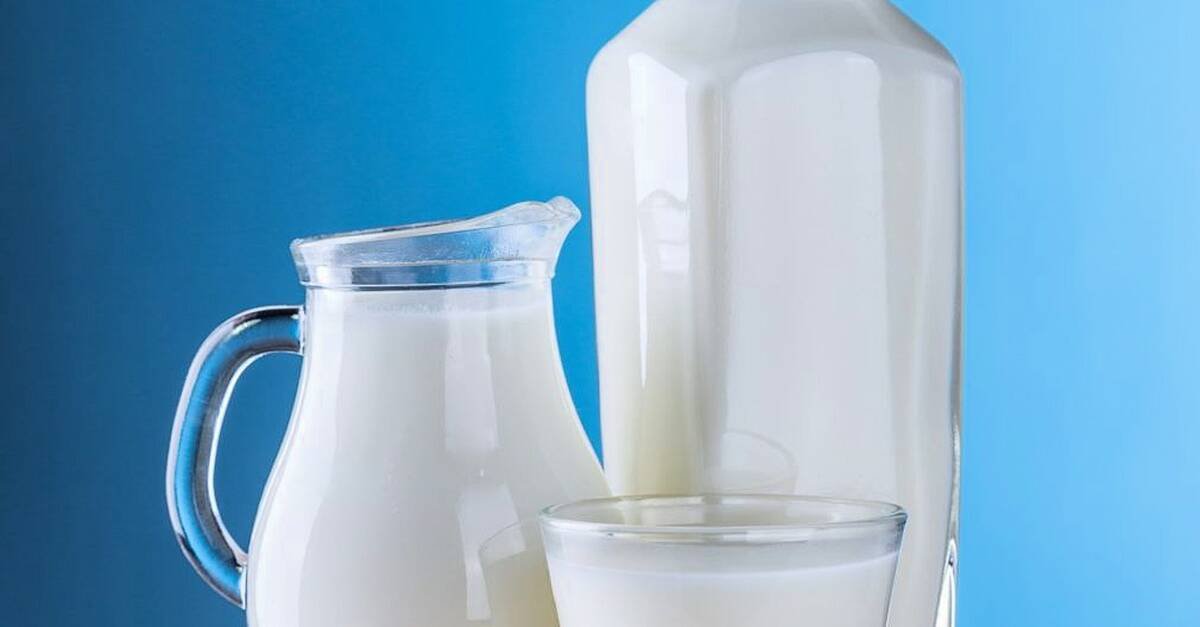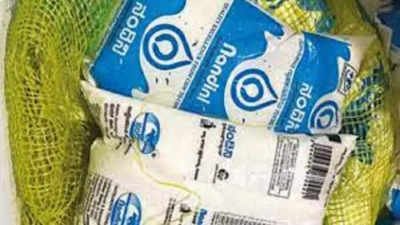Kerry Dairy Ireland has announced a fourth consecutive cut to its farmgate milk price for May 2025. The cooperative will pay 50.03 cents per litre (c/L), including VAT and quality and sustainability bonuses, for milk supplied last month.
Based on the average milk solids received by Kerry Dairy Ireland during May, the effective payout is 52.75 c/L. When converted to EU-standard constituents (3.4% protein and 4.2% butterfat), this translates to 54.66 c/L including VAT.
The downward adjustment follows a steady trend observed since early 2025, when the company paid over 50.9 c/L in January. Industry observers note this is part of a wider market response to rising global milk production and cost pressures.
In its monthly update, Kerry Dairy Ireland noted: “Global milk output has increased this year and is projected to continue on a similar path in the near future. While demand remains strong, retail channels are beginning to absorb rising commodity prices, which could impact consumer purchasing power.”
The price adjustment aligns with similar moves by other leading dairy cooperatives. Dairygold recently announced a drop to 49 c/L for May, down from April’s average of 54.6 c/L. Lakeland Dairies has also set its May price at 49.25 c/L in the Republic of Ireland, supplemented by a 5 c/L input support payment.
These coordinated reductions reflect a cautious market sentiment as processors seek to balance farmer payouts with broader economic shifts, including inflation, input costs, and global supply-demand trends.
For the Indian dairy sector, these international price movements serve as a critical benchmark. As India grapples with its own milk procurement challenges and rising consumer prices, updates from European cooperatives like Kerry offer timely insights for policy planners, cooperatives, and private dairies.
The Indian dairy industry will be closely watching for any ripple effects, particularly in terms of export competitiveness, milk procurement strategies, and the pricing of value-added dairy products.








1 Comment